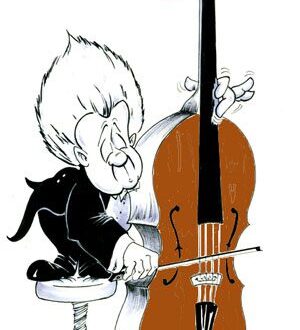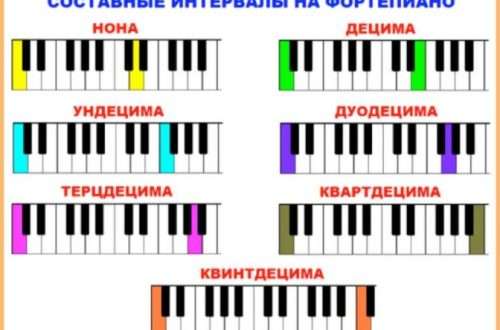
What is solfeggio?
What is solfeggio? In a broad sense, this is singing with the naming of notes. By the way, the word solfeggio itself is formed by adding the names of notes, which is why this word sounds so musical. In a narrower sense, this is what is studied in music schools, colleges, colleges and conservatories.

Why are solfeggio lessons needed in schools? To develop an ear for music, to develop it from a simple ability to a powerful professional instrument. How does ordinary hearing turn into musical hearing? With the help of training, special exercises – this is exactly what they do in solfeggio.
The question of what solfeggio is is often asked by parents whose children attend music school. Unfortunately, not every child is delighted with solfeggio lessons (this is natural: children usually associate this subject with mathematics lessons in secondary schools). Since the solfeggio learning process is very intensive, parents should monitor their child’s attendance at this lesson.
Solfeggio at the music school
The school solfeggio course can be divided into: In the middle level, theory is separated from practice, while at school they are taught in parallel. The theoretical part is the elementary theory of music throughout the entire period of studying at school, at the initial stage – at the level of musical literacy (and this is a rather serious level). The practical part consists of singing special exercises and numbers – excerpts from musical works, as well as recording dictations (of course, musical ones) and analyzing various harmonies by ear.
Where does solfeggio training begin? First, they teach you to read and write notes – there is no way without this, so mastering musical notation is the very first stage, which, by the way, ends very soon.
If you think that musical notation is taught in music schools for all 7 years, then this is not so – a month or two at most, then a switch to musical literacy proper occurs. And, as a rule, already in the first or second grade, schoolchildren master its basic provisions (at a theoretical level): types of major and minor, tonality, its stable and unstable sounds and consonances, intervals, chords, simple rhythm.
At the same time, the actual solfege begins – the practical part – singing scales, exercises and numbers with conducting. I won’t write here now about why all this is needed – read the separate article “Why study solfeggio.” I’ll just say that after completing the solfeggio course, a person will be able to read notes like books – without playing anything on the instrument, he will hear music. I would like to emphasize that for such a result, knowledge of musical notation alone is not enough; we need exercises that develop the skills of intonation (that is, reproduction) both out loud and silently.
What is needed for solfeggio lessons?
We figured out what solfeggio is – it is both a type of musical activity and an academic discipline. Now a few words about what the child needs to bring with him to the solfeggio lesson. Indispensable attributes: a notebook, a simple pencil, an eraser, a pen, a notebook “for rules” and a diary. Solfege lessons at the music school are held once a week for one hour, and small exercises (written and oral) are usually assigned at home.
If you were looking for an answer to the question, what is solfeggio, then it is quite natural that you may have a question: what other subjects are studied when teaching music? On this subject, read the article “What children study in music schools.”
Pay attention!
By the way, they will be released very soon a series of video lessons on the basics of musical literacy and solfeggio, which will be distributed free of charge, but only for the first time and only among visitors to this site. Therefore, if you do not want to miss this series – Subscribe to our newsletter right now (form on the left side), to receive a personal invitation for these lessons.
At the end – a musical gift. Today we will listen to Yegor Strelnikov, a great guslar player. He will sing “Cossack Lullaby” based on poems by M.I. Lermontov (music by Maxim Gavrilenko).
E. Strelnikov “Cossack lullaby” (poems by M.I. Lermontov)





